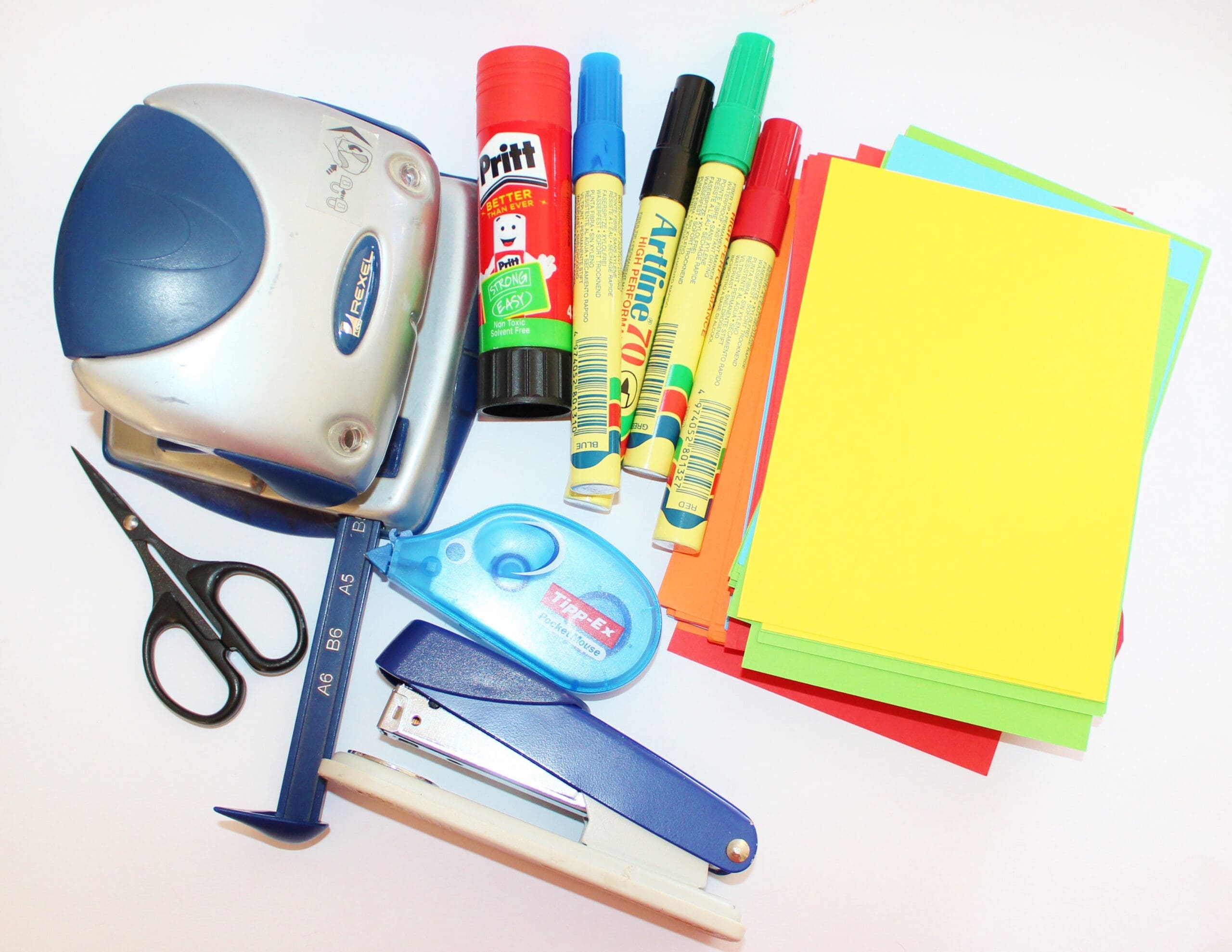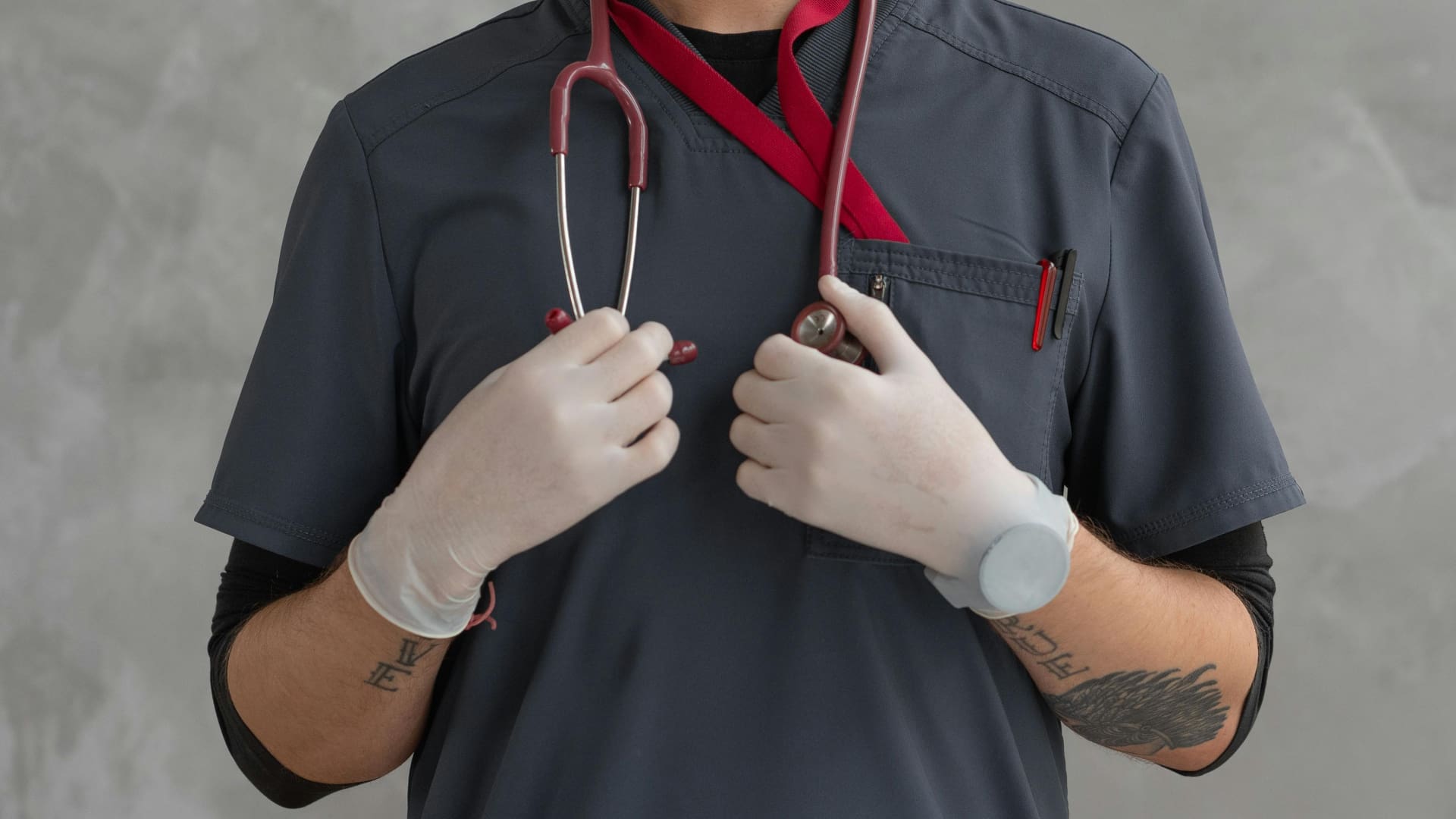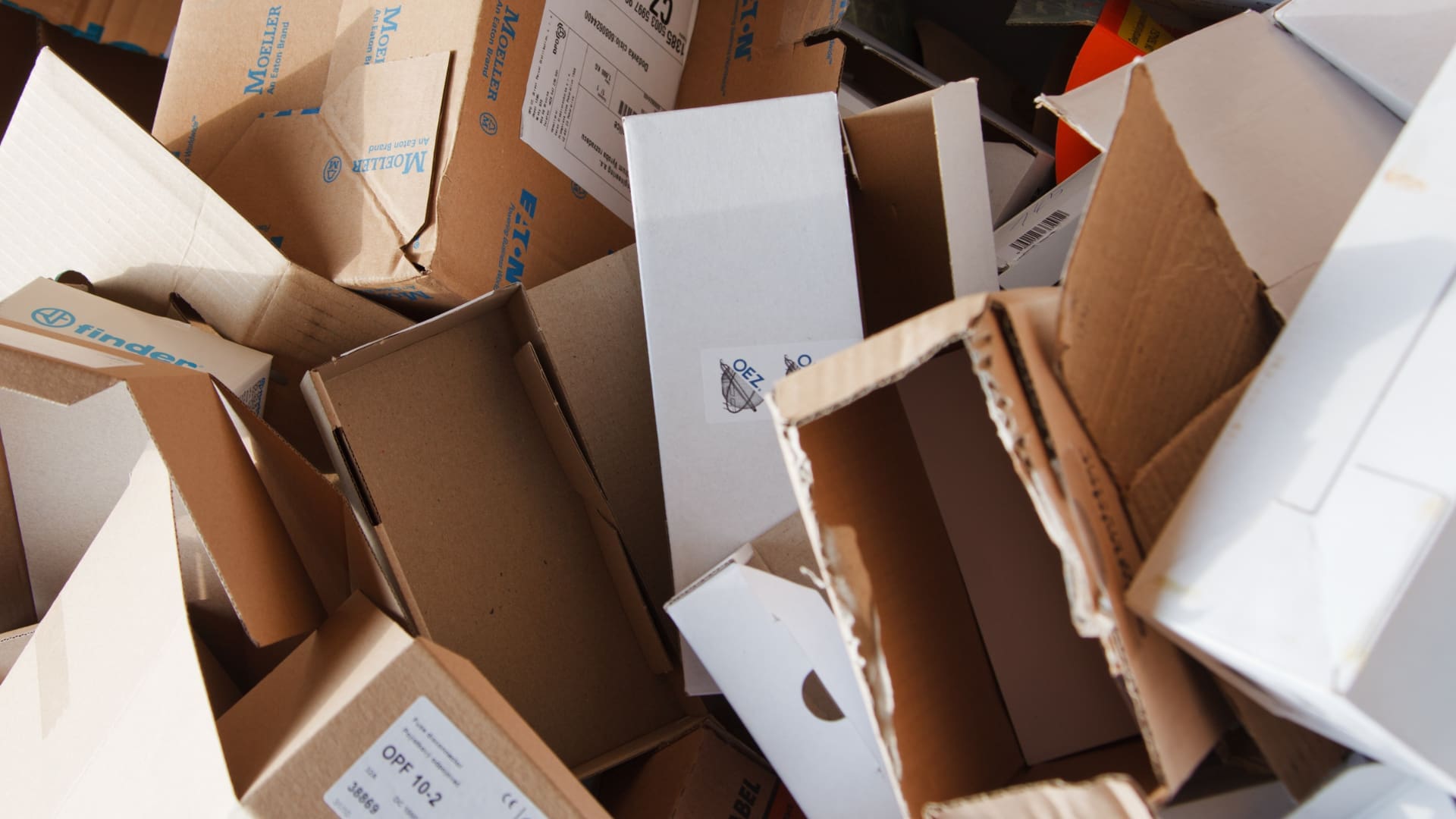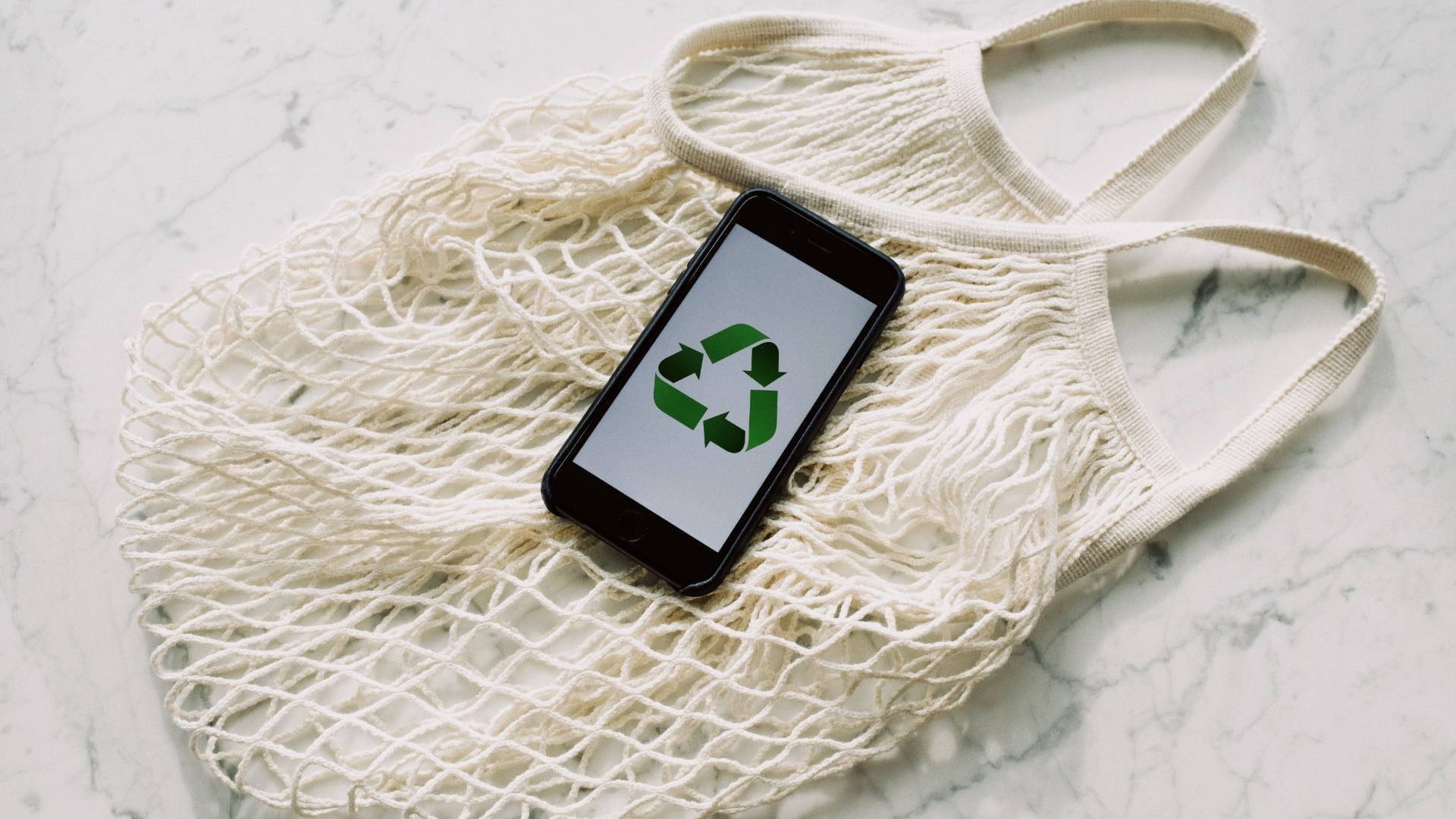Employee safety is a major priority in all businesses. As such, it should be paramount to understand the risks involved with the cleaning products you use every day. There are many factors that go under the radar and are thus overlooked, creating unnecessary risks that can affect employee health. Here, we will outline the different kinds of products that may pose health concerns among your facilities supplies.
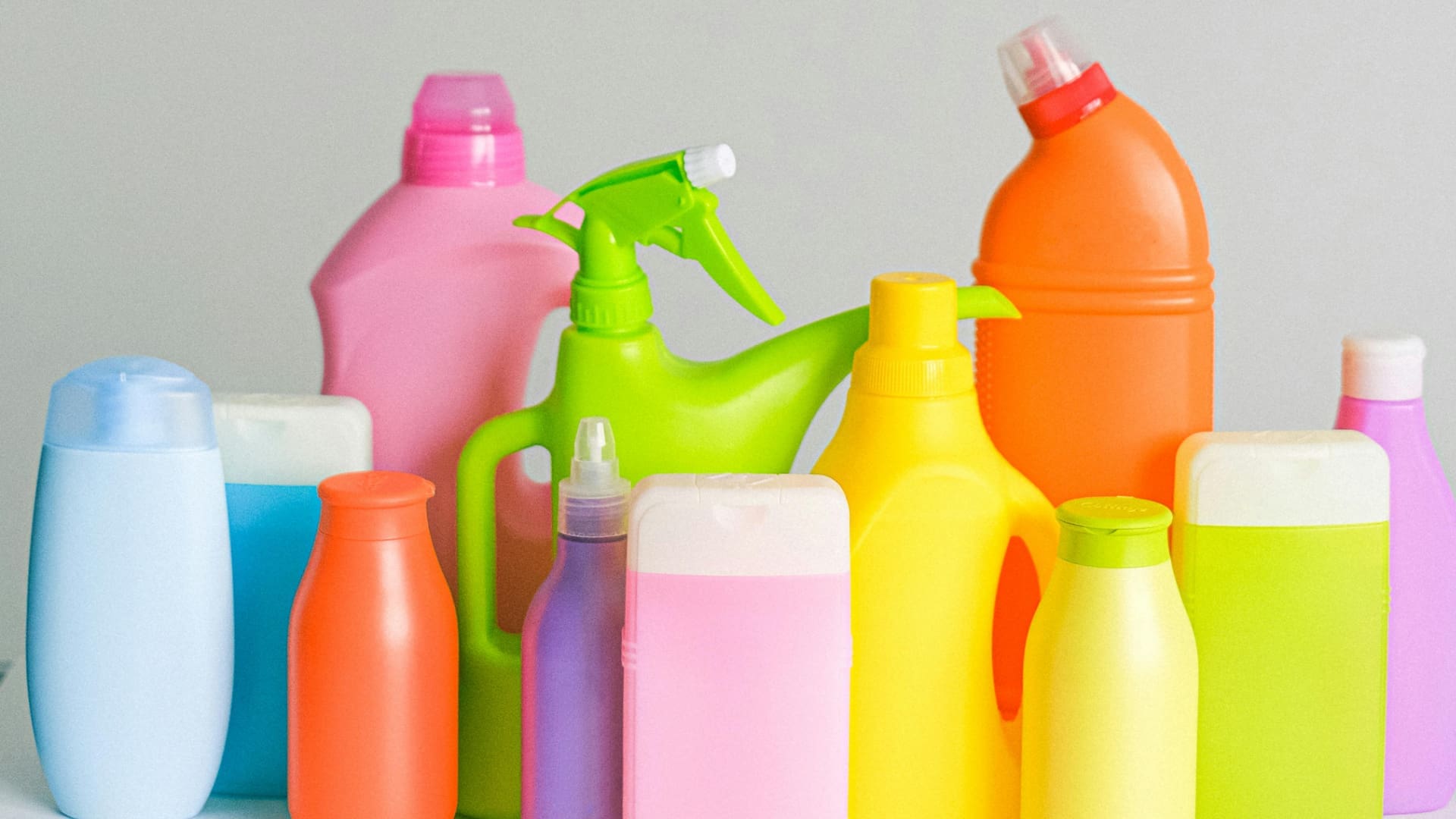
Does your workplace practice safe cleaning product use?
Awareness is Your Best Defence
How often do you look at your cleaning products and understand the kind of ingredients that go into them? Can you recall any ingredients at all? Chances are that you are like every other average person and what goes into your cleaning products is not usually something you would pay attention to.
Now, think about your employees and how they are the ones handling your cleaning products daily. If they share the same mindset as you, it’s time to raise awareness of the potential risks your cleaning product carry. From wiping down desks to using industrial strength products, there are many potential dangers that can negatively affect the health and safety of the workplace.
One way to increase awareness in the workplace is to use printed materials that quickly outline safe practices and risks involved with every day cleaning products. Monthly updates and safety meetings can also help employees stay informed as well. It would also be beneficial to review work safety training guidelines every so often, especially for new employees.
Long Term and Short Term Risks
When it comes to the types of risks your cleaning products carry, there are both long term and short term risks.
Short term risks are usually known by the average person. Flammable products, explosive reactions, skin irritation, and so forth can all be considered short term risks.
Long term risks are where concerns start to wane. If there is no immediate affect, the less likely it is for someone to notice the risks. These can include lung damage, eye/mucous membrane damage, allergic reactions, asthmatic reactions, increased cancer risks, heart issues, and more.
Best Practices
While there is no perfect solution, the best way to reduce health risks on your employees comes in a number of different forms.
You can conduct product research and select the best cleaning products with safe ingredients. You can ask your vendors to help you review each product’s SDS (safety data sheet) as well.
Train your employees to handle your cleaning products better and to practice safe contact. If your work place needs it, purchasing and requiring protective equipment can also prove useful.
Ensure your work space has plenty of ventilation so that fumes do not build up. You will also need to have a consistent vent cleaning schedule ready so that everything is operating at maximum efficiency.
Lastly, be sure to ask your employees for feedback. This will prove extremely valuable in the long run as your employees notice health risks that you may have missed, giving you the opportunity to adjust things before they get out of hand.
In Conclusion
By making use of these best practices, you can make your work space a safer place for everyone. This will ultimately help you maintain your productivity and reduce your long term costs. Your employees will be able to work safely and avoid any avoidable hospital visits or chemical related injuries.




